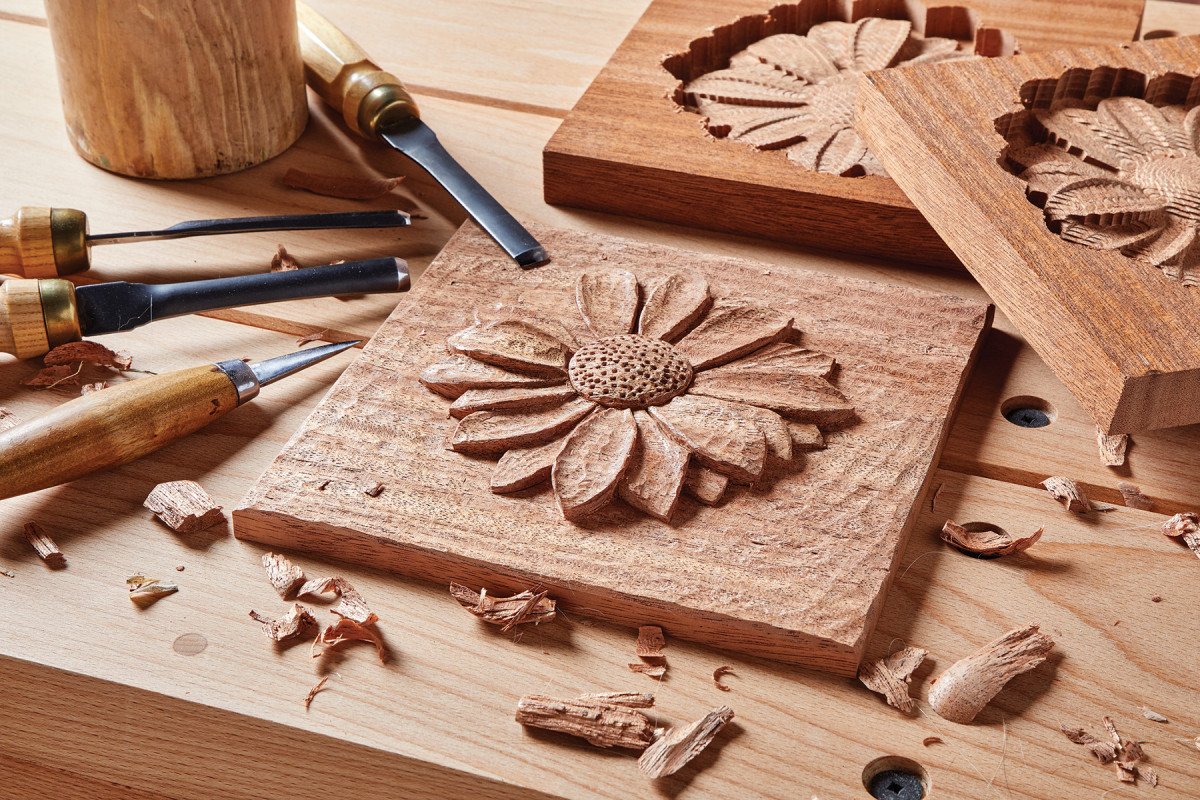CNC Cutting: Precision Manufacturing for Complex Designs
CNC cutting, short for Computer Numerical Control cutting, is a revolutionary manufacturing process that has transformed industries ranging from aerospace to furniture making. By combining computer technology with precise cutting tools, CNC machines can create intricate designs with high accuracy and repeatability. This blog post explores how CNC cutting works, its applications, advantages, and challenges.
What is CNC Cutting?
CNC cutting is a subtractive manufacturing process that involves the removal of material from a workpiece to create a desired shape or design. The process is controlled by a computer, which follows a pre-programmed set of instructions, known as G-code, to guide the cutting tool. CNC cutting can be performed on various materials, including metals, plastics, wood, and composites.
The CNC machine itself typically consists of a cutting tool (such as a router, laser, or plasma cutter), a worktable, and a computer controller. The workpiece is securely fastened to the worktable, and the cutting tool moves along multiple axes to remove material according to the design.
How Does CNC Cutting Work?
The CNC cutting process begins with the creation of a digital design using computer-aided design (CAD) software. Once the design is complete, it is converted into G-code, a language that CNC machines understand. The G-code contains instructions on how the cutting tool should move, including the speed, direction, and depth of cuts.
The workpiece is then placed on the CNC machine’s worktable, and the cutting tool is positioned above it. The machine’s computer controller reads the G-code and moves the cutting tool along the X, Y, and Z axes to execute the design. Depending on the complexity of the design, the cutting tool may need to make multiple passes over the workpiece to achieve the final shape.
CNC cutting can be performed using various types of cutting tools, each suited to different materials and applications:
- CNC Routers: These machines use rotary cutting tools to remove material from wood, plastic, and soft metals. CNC routers are commonly used in woodworking, sign-making, and cabinetry.
- Laser Cutters: Laser CNC machines use a focused beam of light to cut or engrave materials. Laser cutting is highly precise and can produce intricate designs with clean edges, making it ideal for applications like jewelry making, engraving, and cutting thin materials like acrylic or paper.
- Plasma Cutters: Plasma CNC machines use an electrically conductive gas to cut through thick metals, such as steel and aluminum. Plasma cutting is widely used in metal fabrication, automotive repair, and industrial manufacturing.
- Waterjet Cutters: Waterjet CNC machines use a high-pressure stream of water, often mixed with an abrasive substance, to cut through materials. Waterjet cutting is versatile and can be used on materials like stone, glass, and metal without generating heat, which is crucial for materials that could be damaged by high temperatures.
Applications of CNC Cutting
CNC cutting is used in a wide range of industries due to its precision, efficiency, and versatility. Some of the most common applications include:
- Aerospace and Automotive Industries: CNC cutting is essential in the production of complex parts for aircraft and vehicles. The ability to machine intricate shapes with tight tolerances ensures that components fit together perfectly and function reliably.
- Furniture and Cabinet Making: CNC routers are widely used in woodworking to create detailed furniture components, cabinetry, and decorative elements. The precision of CNC cutting allows for the production of consistent, high-quality products.
- Signage and Advertising: Laser CNC machines are commonly used to cut and engrave signage, promotional items, and custom displays. The ability to work with various materials, such as acrylic, wood, and metal, makes CNC cutting a versatile choice for the advertising industry.
- Metal Fabrication: Plasma CNC machines are often employed in metal fabrication shops to cut sheet metal, structural components, and decorative elements. The speed and accuracy of CNC cutting make it ideal for both custom projects and large-scale production.
- Prototyping and Manufacturing: CNC cutting is a critical tool in prototyping and low-volume manufacturing. It allows designers and engineers to quickly produce functional prototypes and parts, test designs, and iterate before committing to mass production.
Advantages of CNC Cutting
One of the primary advantages of CNC cutting is its precision. CNC machines can execute complex designs with high accuracy, ensuring that parts fit together correctly and function as intended. This precision is especially important in industries like aerospace and automotive, where even small deviations can lead to significant problems.
CNC cutting is also highly efficient. Once a design is programmed, the CNC machine can produce multiple identical parts with consistent quality, reducing the time and labor required compared to manual cutting methods. This efficiency makes CNC cutting ideal for both prototyping and production runs.
Another advantage is the versatility of CNC cutting. With the ability to work with a wide range of materials and cutting tools, CNC machines can be used for various applications, from woodworking to metal fabrication. This versatility makes CNC cutting a valuable tool for manufacturers across different industries.
Challenges of CNC Cutting
While CNC cutting offers many benefits, it also comes with some challenges. One of the main challenges is the initial investment in equipment. CNC machines can be expensive, especially high-end models with advanced features. However, the investment can be justified by the increased efficiency, precision, and versatility that CNC cutting offers.
Another challenge is the need for skilled operators. Although CNC machines are automated, they still require knowledgeable operators to program and maintain them. Proper training is essential to ensure that the machines are used effectively and safely.
Material waste can also be a consideration in CNC cutting. While the process is efficient, some material waste is inevitable, especially when cutting complex shapes or intricate designs. Optimizing designs and using nesting software can help minimize waste, but it remains a factor to consider.
The Future of CNC Cutting
As technology continues to advance, CNC cutting is likely to become even more precise, efficient, and accessible. Innovations in software and machine design are making CNC cutting easier to use and more capable of handling complex tasks. Additionally, the development of new materials and cutting tools will further expand the possibilities of CNC cutting, enabling manufacturers to create even more sophisticated products.




